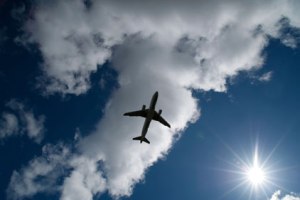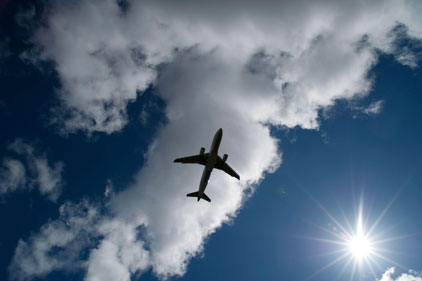 In a study on the prevalence of drug use by pilots who died in crashes, the National Transportation Safety Board (NTSB) found an upward trend in the use of both potentially impairing medications and illicit drugs. Almost all of the crashes – 96 percent – were in general aviation.
In a study on the prevalence of drug use by pilots who died in crashes, the National Transportation Safety Board (NTSB) found an upward trend in the use of both potentially impairing medications and illicit drugs. Almost all of the crashes – 96 percent – were in general aviation.
“I think that the key take-away from this study for every pilot is to think twice about the medications you’re taking and how they might affect your flying,” said NTSB Acting Chairman Christopher A. Hart. “Many over-the-counter and prescription drugs have the potential to impair performance, so pilots must be vigilant to ensure that their abilities are in no way compromised before taking to the skies.”
The study analyzed toxicology results for 6,677 pilots who died in aircraft accidents between 1990 and 2012. None of the pilots who died in large airline accidents had recently used illicit drugs, though some had been using potentially impairing medications.
Allergy meds, sleep aids
Over the period studied, the proportion of pilots testing positive for drugs with impairment potential nearly doubled from about 11 percent to almost 23 percent. The most common impairing drug was a sedating antihistamine (diphenhydramine) found in many cold and allergy medications as well as sleep aids.
Study authors emphasized that it could not be stated with certainty that more pilots are actually flying impaired. While the study noted that the greater use of medications pointed to an increasing risk of impairment, it stressed that further research is needed to better understand the relationship between drug use and accident risk.
Since 1990, the NTSB cited pilot impairment as a cause or contributing factor in about 3 percent of fatal accidents, a figure that was relatively stable over the study period.
Acceptable risks
Importantly, the study explained that it was difficult to ascertain whether a pilot who tested positive was actually impaired at the time of the accident. However, the study did say that increasing numbers of accident pilots chose to fly after taking potentially impairing drugs, suggesting that some pilots are either unaware of the risks that such drugs present or consider such risks acceptable.
Illicit drug use was relatively uncommon among the study population, increasing from 2.4 percent of pilots who died in accidents in the 1990s to around 4 percent by 2012, largely due to increasing marijuana use.
The study included 6 safety recommendations, all related to gathering better information about impairment in transportation or urging better dissemination of information on potentially impairing drugs to pilots and others.
Read the instructions
In addition to the safety recommendations, the NTSB issued a safety alert urging pilots to consult medical professionals about the potentially impairing effects of any drug that they are taking, carefully read medication dosing instructions, and to refrain from flying if they feel impaired in any way.
The complete report will be available in several weeks. An abstract is available at: http://www.ntsb.gov/news/events/2014/ss_drug_use_aviation/2014%20--%20Abstract%20-%20Drug%20Use%20Trends%20in%20Aviation%20Assessing%20the%20Risk%20of%20Pilot%20Impairment%20(3).pdf


